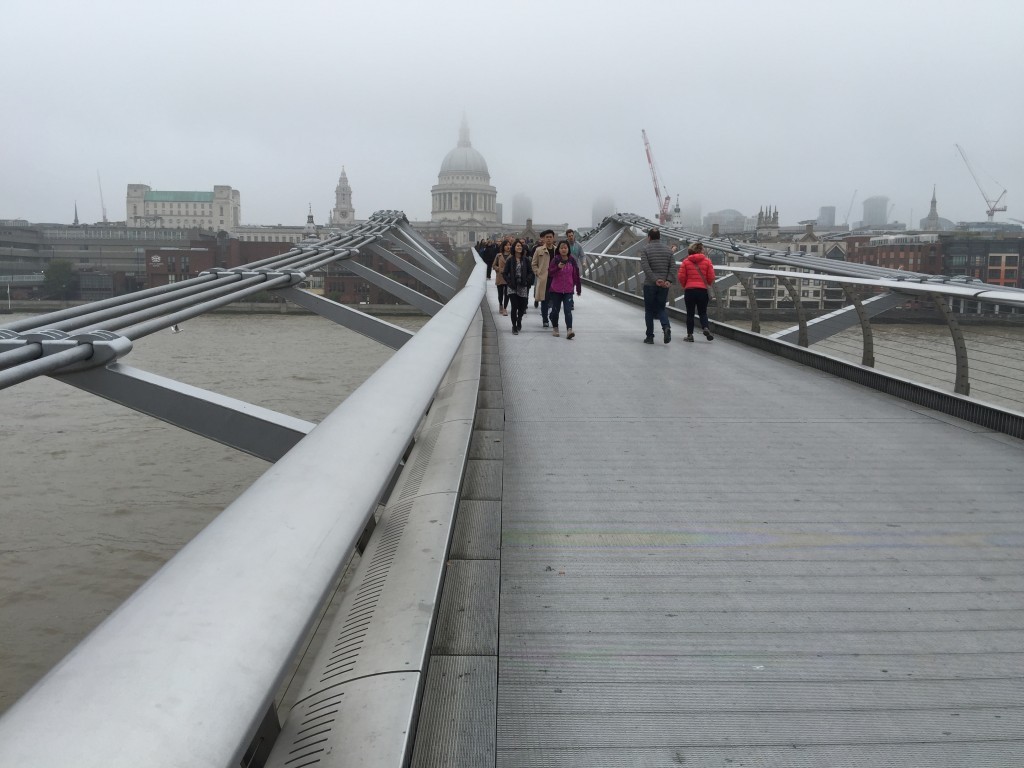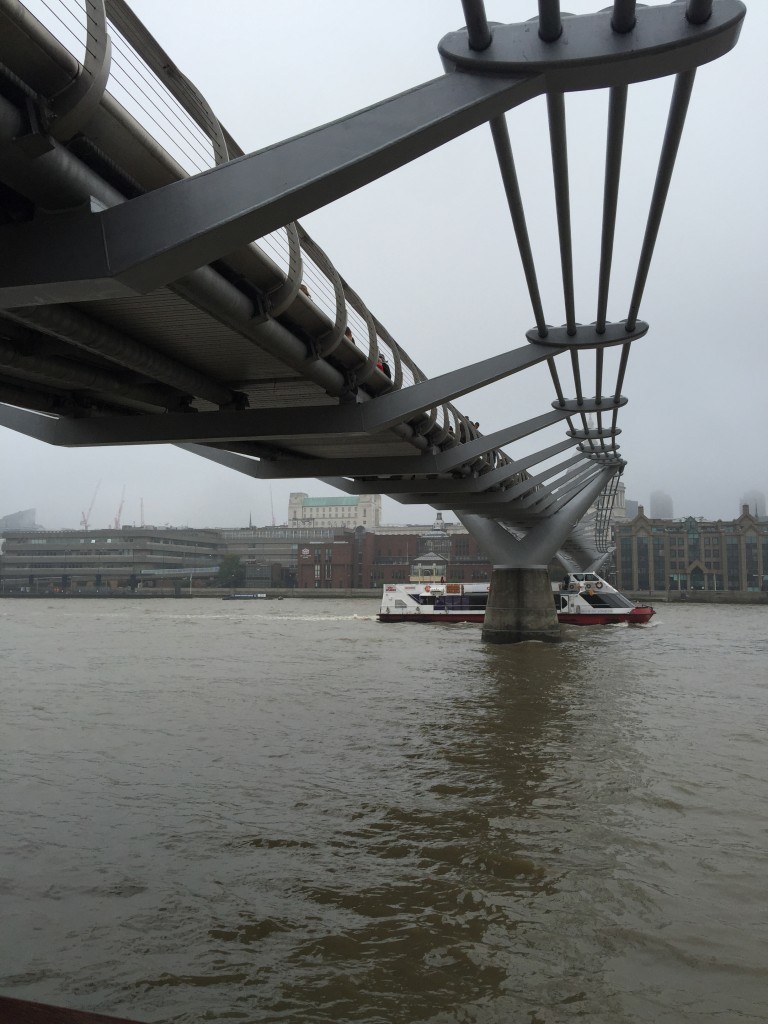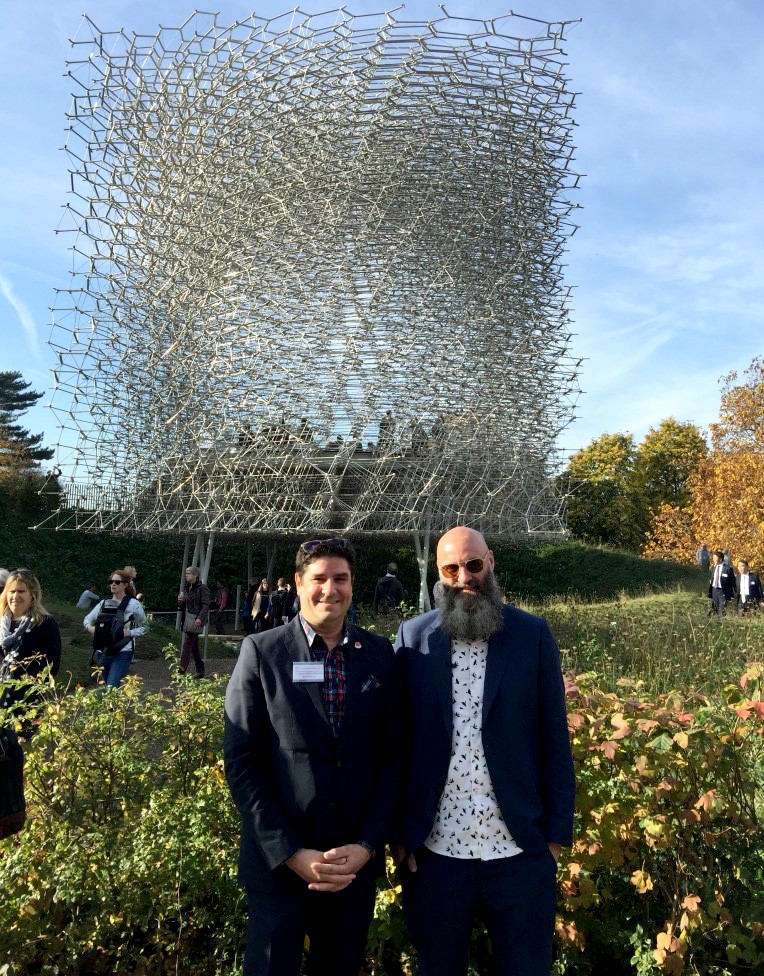For the first time ever, global decision-makers from aluminum smelters gathered with architects, designers, processors, academics, and representatives of industry associations at the “Towards Sustainable Cities Symposium” in London, UK, on October 31.
November 4, 2016 — Boucherville, Quebec, Canada — Sponsored by the International Aluminium Institute (IAI), the symposium’s presentations and panels aimed to foster discussion of trends and ideas regarding the state of the art of aluminum in the built environment. The feature presentation was the launch of the book “Aluminium: Flexible and Light”, by Michael Stacey, award-winning architect, Convenor at Michael Stacey Architects, and teacher of architecture.
Aluminum in Europe vs. North America
“I was very surprised by the quality, by the aesthetics, of the aluminum structures in Europe,” said Alexandre de la Chevrotière, president of MAADI Group, which had some of its design-build projects in aluminum structures featured in Stacey’s book.
He was particularly impressed with the work by Marks Barfield Architects, whose “projects display taste and their work with modern materials like aluminum. They gave me hope. When I’m at home, I don’t see any projects that are like Marks Barfield’s.”
Based on the symposium’s presentations and his observations of infrastructure in the city of London, de la Chevrotière observed a marked contrast between European and North American thinking about aluminum. In his view, the cost of purchase seemed clearly a secondary issue for decision-makers in Europe.
View of the Millennium Bridge, London, England. Architecture: Foster + Partners. Engineering: Arup. The suspended steel superstructure has an aluminum deck similar to that used by the MAADI Group.
“Because we (in North America) always have to be the least costly,” said de la Chevrotière, “we can’t allow ourselves to put in too much manufacturing time, so we try to minimize that… That forces us to be more economical in our structures, so our forms are perhaps more simple.”
View of the Millennium Bridge, featured in Michael Stacey’s book “Aluminium: Flexible and Light”
Overall, the symposium and his stay in London drove home the fact that one of the big advantages of aluminum is its capacity for extrusion. “When we pass the aluminum alloy through a die,” he explained, “we get the form of the die along the entire length of the material. I believe that aluminum’s extrudability is a powerful advantage from which all designers, architects, and engineers can draw tremendous benefits.”
Book launch for “Aluminium: Flexible and Light”
A highlight of the symposium featured the launch of the book “Aluminium: Flexible and Light”, by Michael Stacey.
“This is one of the most comprehensive works written on the applications of aluminum,” said de la Chevrotière. “There were other books in the past, but none that covered the applications of aluminum from A to Z… combining Art, Architecture and Engineering.”
Picture taken at the Symposium with Artist and Creator of “The Hive”, Wolfgang Buttress (right) and Alexandre de la Chevrotière, CEO of the MAADI Group. “The Hive” was the UK Expo Pavilion, in Milan, Italy (2015). “The Hive” is featured in Michael Stacey’s book “Aluminium: Flexible and Light”
The book is the fourth report from the “Towards Sustainable Cities” research program, a three-year initiative funded by the IAI to quantify and qualify the in-use benefits of aluminum in architecture and the built environment.



